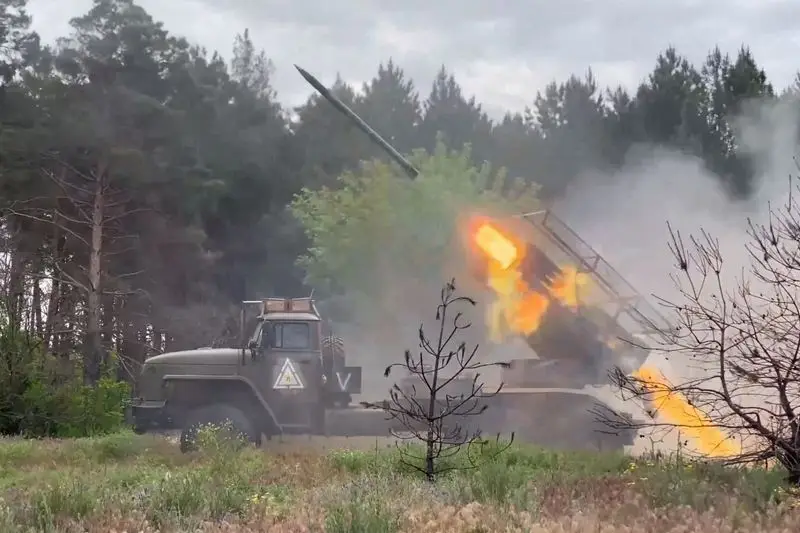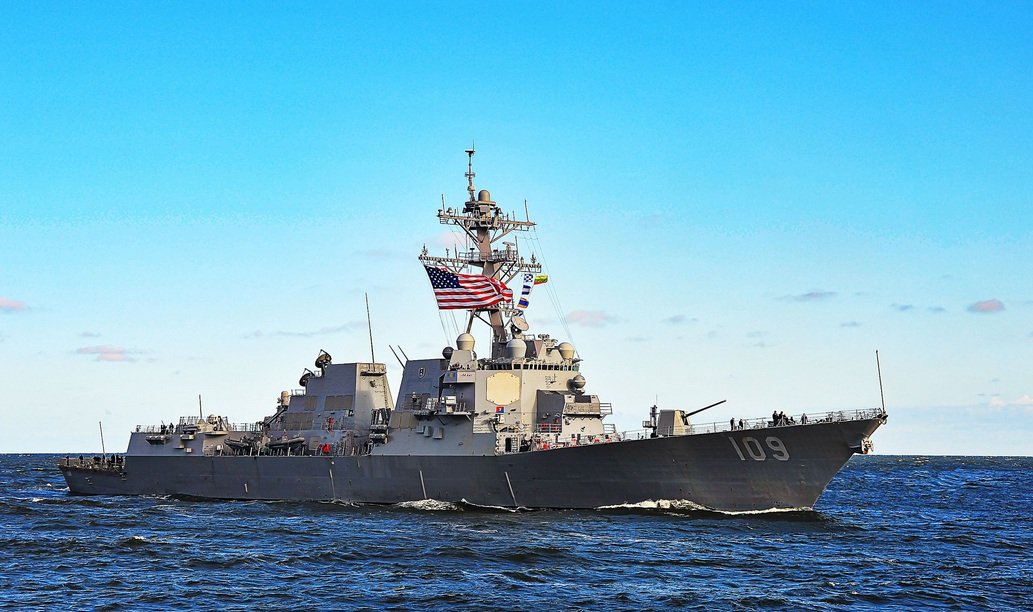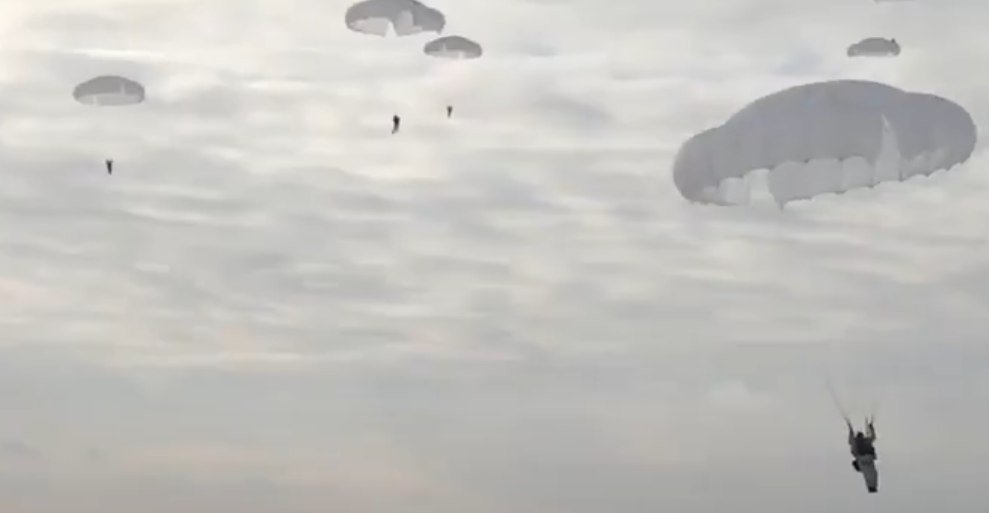
Koksan – North Korean mega-cannon already on the Russian front line
Russia, July 3, 2025 – North Korean M1989 howitzers are already available to the Russian army. At least one train with them was headed to the Ukrainian front during the Ukrainian offensive against the Kursk region. The alphanumeric name of the North Korean howitzer was created according to the moment when this artillery system was first introduced to the general public in 1989. It was Western military experts who began to call this vehicle the M1989.
Its real designation, used in the North Korean army, has not yet been declassified and, apparently, no one will. But after the signing of intergovernmental agreements on mutual assistance between Russia and the DPRK, the 170 mm M1989 Koksan got a chance to participate in real combat. How many of these artillery systems the North Korean army itself has is unknown. But certainly not less than several hundred.
The North Korean military doctrine assigns a huge role to large-caliber barrel and rocket artillery in a possible military confrontation with South Korea and the United States. In its first minutes, North Korean artillerymen must inflict devastating damage on the attackers. In view of this, it is scary to even imagine how many “Koksan” the DPRK has produced from 1989 to the present.

By the way, another aspect of the appearance of these howitzers in Russia is curious. It is, of course, possible that Russian operators will be trained to use them. They will have to master both the artillery part and the chassis. However, the front immediately needs long-range guns. That is probably why the Koksans arrived in Russia together with their operators.
The 170 mm Koksan howitzer is designed according to the same compositional scheme as the Soviet 203 mm self-propelled howitzer “Pion” and its direct successor “Malka”. The Korean chassis comes from the Soviet tracked artillery tractor ATS-59. It was used in the Soviet army in the 1970s and 1980s to tow heavy weapons and trailers weighing up to 14 tons. It weighed about 13 tons and could carry up to three tons of cargo in the rear.
The ATS-59 was equipped with a V-2 family engine with reduced power to 300 horsepower – a V12 diesel engine. Its design is based on the same power unit as the legendary Soviet T-34 tank, which became one of the symbols of the Great Patriotic War.
The exact power of the Koksan is, of course, secret, but the North Koreans certainly tried to significantly strengthen the original engine and at the same time strengthen the chassis of their vehicle. After all, its combat weight is about 40 tons. The vehicle’s crew consists of seven people, including the driver and commander. Together with two members of the gun crew, they are located in the forward cabin. Their “company” is supplemented by a transported ammunition supply of 12 shells.

The power unit is located in the middle part of the hull. Even closer to the stern is a cabin for three service soldiers.
The stern of the Koksan is designed to allow the placement of an openly mounted cannon, as well as a knife stop, which is lowered to the ground before firing and absorbs recoil energy. The gun is equipped with a multi-purpose muzzle brake that uses a screw breech, a charging magazine and a mechanical barrel loader. Both manual and mechanized guidance are possible. The howitzer fires a conventional high-explosive high-explosive projectile at a distance of up to 40 km. Active-reactive ammunition from it flies 60 km. The estimated rate of fire of the M1989 Koksan is 1.5–2 rounds per minute.
According to the passport characteristics, the Korean howitzer is noticeably better than modern NATO long-range artillery systems of 155 mm caliber, and it is they that the Ukrainians use. In addition to range, a critically important characteristic of any weapon is accuracy, barrel durability, reliability of the gun and chassis mechanisms, as well as a number of other performance parameters of the artillery system. For the North Korean command, they were quite satisfactory, but over time we will also learn how the realities of combat operations in Ukraine influenced them. The Russians looked at the deployment of the Koksans soberly: the more howitzers (any!) will hit the Banderites – the better for us and the worse for them!


Erik Simon


















